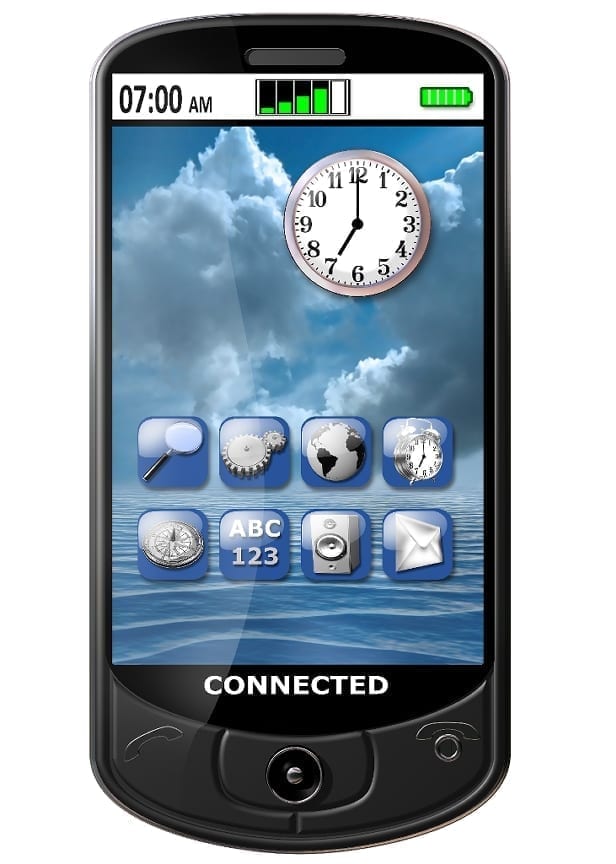Smartphones Evolving The Human Brain
Ancient humans had a big evolutionary benefit from opposable thumbs because it allowed them to use tools. Nowadays our thumbs are used to type quickly on the screens of our smartphones. A new study discovered that this recent action is actually changing the way our thumbs and brain talk to one another. Arko Ghosh of the University of Zurich is lead author of the paper, which has been published in Current Biology. Ghosh and his team were inspired to go pursue work on this study after noticing how humans use their thumbs and fingertips in a way that has never been present before. “I think first we must appreciate how common personal digital devices are and how densely people use them,” Ghosh explains. “What this means for us neuroscientists is that the digital history we carry in our pockets has an enormous amount of information on how we use our fingertips (and more).”
There has been lots of research about how playing video games can change the plasticity of the brain, or how music can influence the brains of those who play professionally. There has been lots of research about how playing video games can change the plasticity of the brain, or how music can influence the brains of those who play professionally. The research was aided by the fact that the phones of the study participants provide a complete history of the activities performed over the course of each day, keeping a record of the amount of use the phone received. The participants were monitored with electroencephalography, which recorded the brain activity connecting with the use of smartphones. It was found that the brain was very responsive to the digits reacting in smartphone use. They were compared to those who don’t use smartphones. Those that did had higher points of activity in the regions of the brain connecting with the thumb and fingertips.












